The Way of Saint James (aka Camiño de Santiago, UNESCO Routes of Santiago de Compostela) is the most popular pilgrimage route in Europe, crossing the Iberian Peninsula towards the tomb of the Apostle James the Greater in the cathedral of Santiago de Compostela Cathedral, in the Spanish region of Galicia. Since it was rediscovered and boosted as a tourist product in the 1980s, the Way has proved to be a motor of economic development in the areas it crosses, but a major impact in wide areas can still be achieved while promoting a better territory knowledge and experience among pilgrims. The rurAllure pilot aims to disseminate alternative tourist areas and experiences among pilgrims to Santiago, focusing on a particular original type of heritage (literary), luring them to explore the territory they are passing by on the steps of authors and written works. This approach dives into literature as a tool to interpret and disseminate unknown heritage through storytelling, and is connected to topics such as travel literature, pilgrimage literature, oral tradition, and personal experiences.
The Way comprises a network of paths across 1500 km in Spain, and connecting with others routes across the continent. The Apostle’s tomb was arguably discovered in Galicia in the 9th century under the reign of Alfonso II, King of Asturias, at a moment when most of the Iberian Peninsula was under Muslim domain: the discovery was key for the Christian world and turned Santiago into one of the three main places of Christian pilgrimage, along with Rome and Jerusalem. Kings and monks were the very first pilgrims to Santiago, quickly consolidating it as an international destination between the 11th and the 12th centuries, staying alive through the 14 and 15th. While the Middle Ages were the golden era for these routes, playing a key role in religious and cultural exchange, with troubadour they entered into decline in the Modern Age. In the 1980s, the Council of Europe acknowledged it as the first European Cultural Route inaugurating a new flourishing era as a powerful tool for cultural and spiritual tourism and attracting a growing number of modern-day pilgrims.
In Galicia (last stage, but main promoter), the Way of Saint James is managed by the Regional Government (Culture and Tourism Department) through the private-public agency Xacobeo SA. These two key stakeholders will support the project as associated partners.
The Way trespasses frontiers, with many trails coming from the East (French Way, North Way), the South of the Peninsula (Silver Way, Portuguese Ways) or even from the British Islands. The rurAllure project will focus on the following three:
The Way of Saint James inaugurated the programme for European Cultural Routes of the Council of Europe, and in many parts of Galicia they cross with these other routes. Furthermore, it is twinned with another UNESCO World Heritage Site Route: the Kumano-Kodo (since 1998), as well as with the Shikoku Henro trail (both in Japan). The Way of St James connects in France with other important pilgrimage routes that also originated in the Middle Ages, and which are the focus of the other rurAllure pilots. The design of the routes has also served as inspiration for other tourist and recreational routes, and it is pretty common to find alternative variations of the marked path (connections with hiking and biking trails).
Covering such a wide territory, the Routes of Santiago include a built heritage of historical importance created to meet the needs of pilgrims: cathedrals, churches, hospitals, hostels, bridges, and other structures, many of them illustrating the artistic evolution from Romanesque to Baroque. The French Way is the Jacobean itinerary with the greatest tradition, with many landmarks including the cathedrals of Burgos, Leon, and Santiago de Compostela itself; Santo Domingo de Silos Abbey; the Templars’ Castle of Ponferrada, Samos Monastery, Bishop’s Palace of Astorga (a masterpiece of Gaudí) or the thatched roof house of O Cebreiro. It also boasts outstanding natural landscapes (Pyrenees mountains, oak trees in San Juan, La Rioja vineyards) as well as a rich intangible cultural heritage that survives to the present day. This valuable heritage is common to other routes to Santiago, such as the Portuguese Way, which goes through Porto (UNESCO Heritage Site since 1996) and Vila do Conde (a rurAllure partner) and the Winter Way, which starts in Las Médulas, an impressive gold-mining area exploited by Romans, and passes through the wine areas of Valdeorras and Ribeira Sacra, the latest being Spain’s candidate for the next World Heritage title.
The Way of Saint James is the most important tourist product in the Galicia region, and the main source of international tourism. In 2019 the pilgrim’s office in Santiago registered more than 350.000 visitors. 2021 has been declared by Santiago’s Cathedral as the next Holy or Jubilee years, and these figures are expected to grow significantly. The routes are managed throughout Spain by regional governments, and so do the neighbouring countries France and Portugal, one of best UNESCO World Heritage Sites as detailed in this guide, and where the Way has a strong presence. In Galicia, Xacobeo SA (a rurAllure associate partner) manages a public network of more than 70 pilgrims’ hostels, and looks after the signposting (the well-known “yellow arrows” and the scallop shell).
Municipalities are especially committed to the promotion of the route, as it is important for local economies. For example, in 2010 the Portuguese Government finally credited the Way as an official (and thus protected) pilgrimage route, leveling it with Fatima, as an answer to the long-time demands of municipalities and associations. Because of its economic relevance, the Way boasts a full range of accommodation facilities (besides the official network of hostels) and services. Likewise, the Way appears in numerous focused advertising campaigns, and private tourism agents offer tons of tourist products and packages related to this route. Other relevant stakeholders are Friends of the Way associations, which are independent nonprofit organisations involved with the promotion and conservation of these routes. They spread all around the world (a detailed list can be found here).
Both the French Way and the Winter Way in Galicia go mainly through rural settlements, covering areas with a very low population density and inverse population pyramids characterised by aging processes. Agriculture used to be the most common activity —today only small self-subsistence farming, along with little cattle— although it is decreasing in favour of services, while some industry activities, linked to mining facilities, still remain. The lack of job opportunities forces youngsters to move to other territories, a common phenomena strongly linked to the territories aging process. The presence of pilgrimage routes has an important impact in these territories, with little villages whose economic activity is mainly built upon the presence of pilgrims with hostels, catering services, small retailing shops, etc.
The Courel Mountains, where part of this pilot focuses on, is surrounded to the north by the French Way and to the south by the Winter Way, only 30 kms away from each other. The area reproduces the rural scheme mentioned above, with its main municipalities, Pedrafita and Folgoso do Courel, sparsely populated: less than 10 inh/km2 and around 1000 inhabitants each, with people aged 65 or more representing around 40% of the population.
Although incredibly rich in natural and cultural heritage, the Courel mountains remain today still unknown to the majority of pilgrims passing by the Ways to Santiago. Right in the heart of it, less than 20 km away from the French Way (Pedrafita do Cebreiro) and the Winter Way (Quiroga) lies the House-Museum of Uxío Novoneyra, the “poet of O Courel”, managed by the eponymous foundation (Fundación Uxío Novoneyra, a rurAllure partner). It is a privileged location with a great potential to reach pilgrims in their last stage of the Way or even those who choose to make only this part of the route (a popular choice) developing products on literary tourism linked to the character and poetry of Uxío Novoneyra. This relevant Galician poet, who devoted most of his verses to the mountains where he was born, spent his life constantly moving between O Courel and Santiago de Compostela: a sort of personal pilgrimage he depicted in poetry volumes such as Do Courel a Compostela (“From O Courel to Compostela”) Ámeto mítico: Arrodeos e Desvíos do Camiño de Santiago (“Mythic Scope: Branches and Detours to the Way of Saint James and other routes”), the latter focused on the Jacobian Ways. Mythic Scope was published by Galician Regional Government on the occasion of 1933 Holy Compostelan Year and still can be seen as a “travel guide” to the Way, guiding pilgrims through unexpected locations and revealing its poetic dimension, while acknowledging Courel’s position within the route. This collection of poems will be the starting inspirational source for developing literary tourism products linked to these two popular Ways to Santiago de Compostela.
And from the mountains to the sea. The literary dimensions within the Portuguese Way will be explored around the Municipality of Vila do Conde, in the northwest of Portugal. This coastal historic town at the mouth of Ave River, just a few kilometers away from Porto, is the hometown of Portuguese poet José Régio and treasures an interesting heritage, both in artistic and literary ways.
The millenary origins of Vila do Conde are imprinted in the landscape, and the great historical richness of its heritage, natural sceneries, traditions, and stories provide a large range of unique interesting experiences. Within the considerable built heritage, we must highlight the monumental Santa Clara Church and Monastery and the second-largest Aqueduct in Portugal, with 999 arches and approximately 4km in length, which define the old town’s silhouette. In addition, the Main Church and the Pillory recognized National Monuments, also relevant the Former Council Chambers; S. Francisco Church and Monastery; Senhora da Guia Chapel and S. João Batista Fortress, are some of the built heritage testimonies of the great historical richness of the past of this land that goes back and beyond the foundation of the Portuguese territory.
The cultural heritage of the valuable shipbuilding knowledge strongly linked to the Portuguese Age of Discovery which endures to this day can be appreciated in the heart of the riverside where the shipyards once worked, by visiting the Royal Customs House and a unique replica of a sixteenth Portuguese ship anchored there.
Bordered to the west by the Atlantic Ocean —and home to nice sandy beaches— Vila do Conde is part of the Metropolitan Area of Oporto and the Galicia-Northern Portugal Euro-region, crossed by one of the most popular Portuguese Ways to Santiago, the coastal one. It also incorporates the Greater Oporto Region (NUTIII), the Northern Region (NUTS II), and the Continent (NUTS I).
In terms of tourism development, Vila do Conde has made relevant investments giving culture a more prominent role as one of the city’s strategic values, with quite a range of new facilities developing cultural and creative activities. The municipality is served by a network of three hotels, two with a four-star rate and a spa service, seven lodging establishments, and two tourism establishments in rural areas. Presently this tourist development offers 222 rooms with 478 beds.
O Courel is Galicia’s great green reserve, an unspoiled area of huge natural beauty and candidate to UNESCO Biosphere Reserve. All Galician endogenous species (except sea ones) are represented in this mountain crossroads, with the best of Atlantic and Mediterranean characteristics. There are chestnut trees around the villages and a stronghold of olives in Quiroga. Within this area tourists may find:
UNESCO Global Geopark of Courel Mountains, which includes the area of Quiroga. 578 km2 with an unique geological heritage, especially the geosite and European Natural Monument Campodola-Leixazós Geological Fold. Caves and tunnels spread around the park have a dedicated interpretation center in Meiraos.
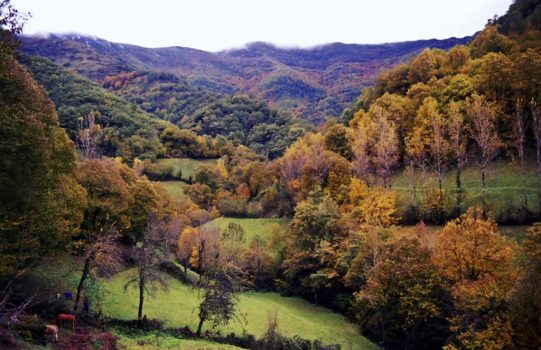
Devesa da Rogueira, one of the few Iberian examples of dehesa, a singular type of Atlantic forest. It is the ecological jewel of the mountain ranga because of its high level of biodiversity.
The aforementioned resources configure the natural and cultural landscape integrating O Courel identity as a singular rural territory with a vast heritage to preserve. The natural landscape includes distinctive tectonic and geomorphic phenoma, Paleozoic formations, caves, canyons and valleys; high flora and fauna diversity, ancient species (centennial trees, remnants of prehistoric fauna and flora), etc. The cultural landscape ranges from the mining industries of the Romans to nowadays ethnographic values (oral traditions, ancient land-tenement systems, stone walling techniques, …). Thus, the area of o Courel provides a complex yet cohesive picture of a remote rural area still linked to its past and with a deep memory of the land. Remarkably, O Courel has become a Literary Territory, due to the work of poet Uxio Novoneyra, who thoroughly depicted the mountains and its inhabitants. His works provide a great interpretive opportunity for this territory, charging it with an epic dimension that connects it with readers-visitors through time and space, making O Courel a sort of universal representation of rural life. Under the rurAllure project the Uxio Novoneyra Foundation will work to disseminate the poet’s works as a way of understanding this territory, making it accessible and relevant, and raising awareness about its main distinctive values.
Regarding Vila do Conde, visitors may enjoy the charm of the traditional old town framed by an eminently rural and natural landscape, with the watercourses, pine forests as far as the eye can see and, walkways by the sea.
The council combines a beautiful seaside landscape with the rurality of the parishes further inland, along with the most remote legacies from the prehistoric period, examples of Romanesque architecture, rural and emblazoned manors, and a number of historic landmark buildings which the city council, over the past few decades, has held a series of important works of restauration and rehabilitation.
Part of this important heritage has been transformed into renewed cultural facilities such as the José Régio’s House and Documentation Centre, the Municipal Center of Youth, the Municipal Theater, the Solar Cinematic Art Gallery, the Living Science Center. Also, the opening of the Memory Center, installed in a rehabilitated impressive 17th-century Portuguese old manor, hosting the Municipal Archives, Archeology Department, the backbone of the Museum of Vila do Conde along with the Julio’s Gallery and Julio/Saúl Dias’s Study Center, the Environmental Education Center. Along with the reinstallation of the Municipal Library, the opening of the Center for Environmental Monitoring and Interpretation, the Activity Center and, also the Antero de Quental’s House, the municipality embraced a strong focus in increasing the diversity and the quality of the cultural activities, projecting Vila do Conde in the local, regional and national cultural scene.
Many of the above-mentioned cultural venues are related to literature, as Vila do Conde is a land of artists, where some renowned Portuguese and international poets and painters have chosen to live and work. José Régio and his brother Júlio/Saúl Dias, also painter, Ruy Belo, Eça de Queirós, Camilo Castelo Branco, Antero de Quental, Guerra Junqueiro, Agustina Bessa-Luís, Robert and Sónia Delaunay, both painters, spent a part of their lives writing and creating in this quiet and charming city.
The investment in the urban arrangement and in the cultural infrastructures that enhance the cultural and leisure offer, Vila do Conde has created propitious conditions for the emergence of unprecedented cultural and touristic dynamics in the region, presenting a high potential for quality tourism along with the undeniable scenic features, exceptional and diverse built heritage, and welcoming sociological environment.
The municipality, aware of the exponentially increasing number of pilgrims on the Route to Santiago de Compostela and the growing demand for city breaks, “health and wellness”, “cultural”, “nature” tourism, believes in the development of strategies that enhance the touristic and cultural promotion of the region. Therefore, the focus on the great historical richness of the built heritage, the wide cultural offer, natural sceneries, diverse traditions and festivities, and the special emphasis on the unique literary legacy, may assure and generate authentic and distinctive experiences.
The Way to Santiago is a consolidated tourist product extremely popular all over the world. Many pilgrims from around the world repeat this experience several times throughout their lifetime (even on a yearly basis) and there is a demand for “enriched” and expanded pilgrimage experiences with added value. Also, it is for many foreign visitors their first approach to Galicia, an area where they tend to return in order to explore it further. Thus, developing tourism products in O Courel and linking them to the Way answers these needs, while providing alternative routes and activities to prevent massification in highly pilgrim crowded locations (such as Pedrafita do Cebreiro) and developing opportunities in sustainable development for these territories.
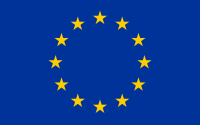
This project has been funded by the European Union’s Horizon 2020 Research and Innovation programme under grant agreement no 101004887.
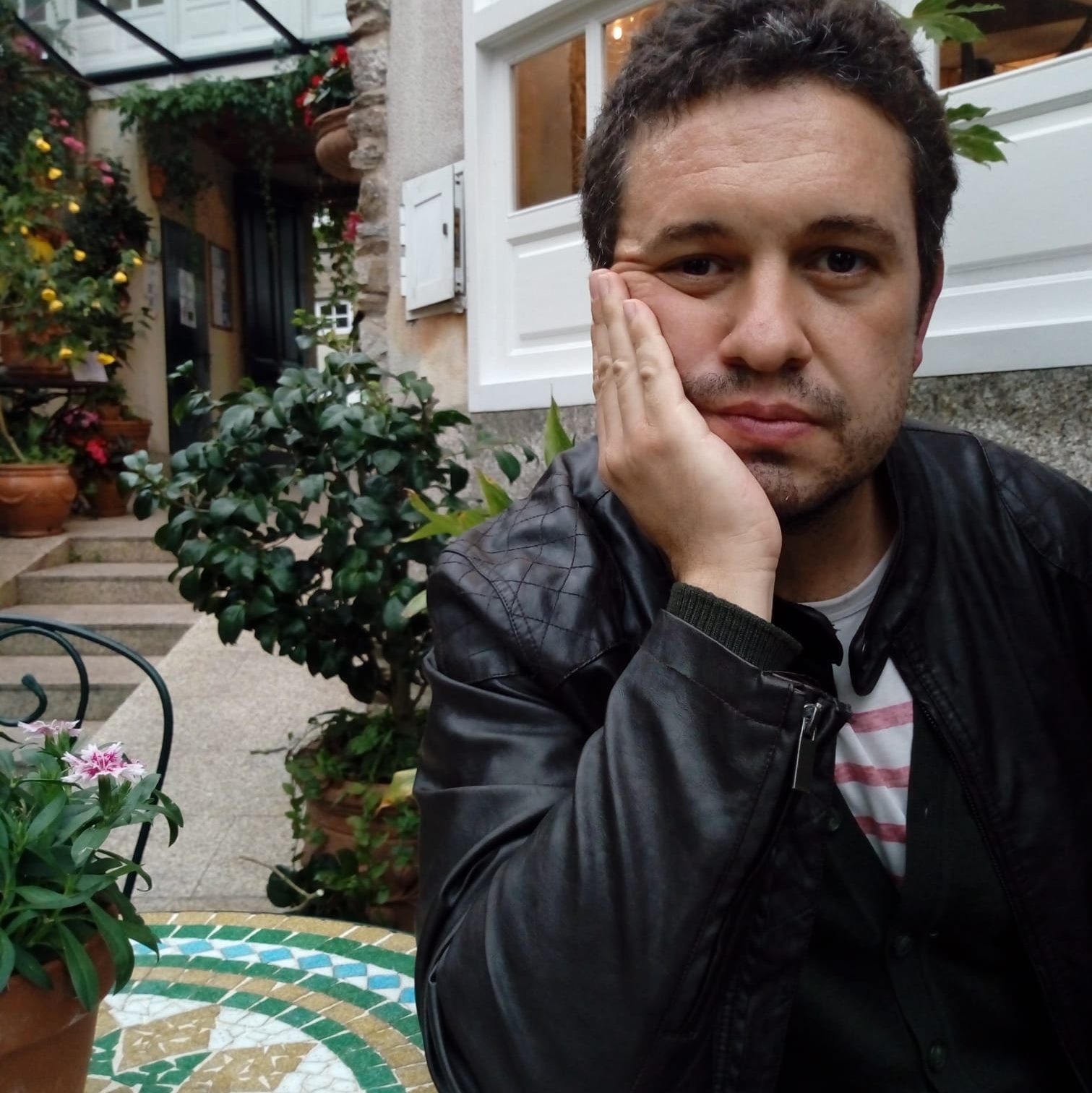
FUN Technical Assistant for Heritage Management and Disseminations. Filmmaker and Writer he has studies on Cinema Direction and Laws. Guide to Novoneyra’s House Museum.
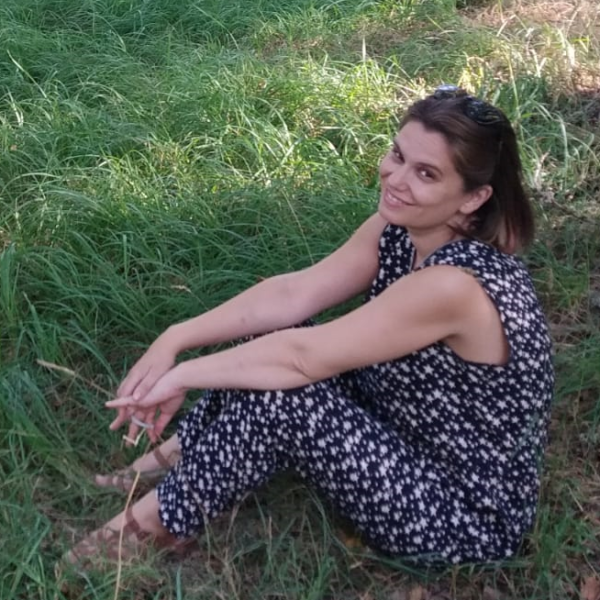
Responsible for Administrative task & management. Diploma in Social Work, specialized in Public administration and inclusion. More than 10 years of experience in management of various social care programs with different groups, developing and implementing projects of sociocultural social intervention.
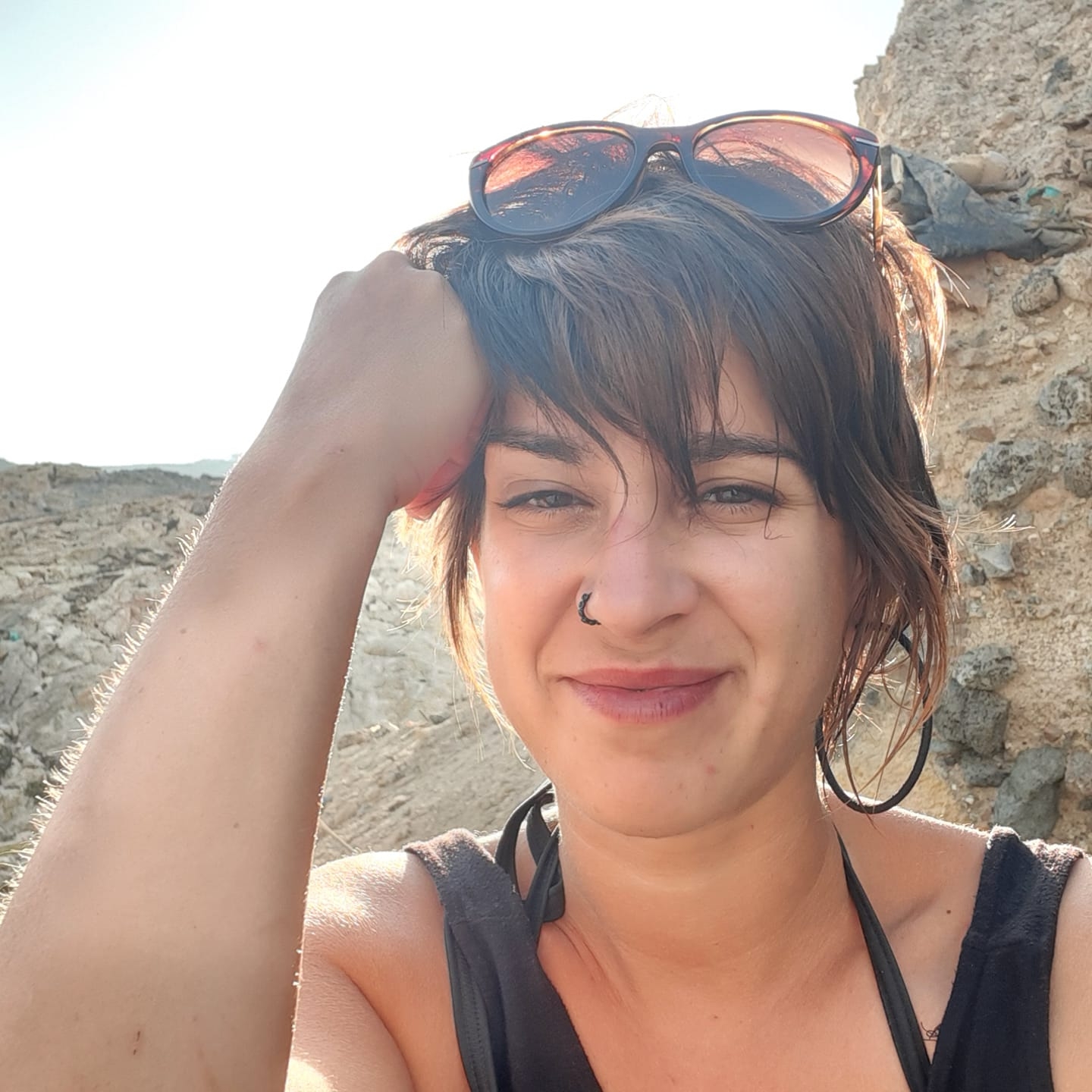
FUN Technician for Tourism Strategies and Internationalization. Phd in Journalism & Media and Postgraduate in Tourism Destination Marketing. More than 10 years of work experience in local tourism policies and strategies. Comms Officer for the European Cultural Route of Historic Thermal Towns (EHTTA) between 2016 and 2018 and certified SICTED Agent.
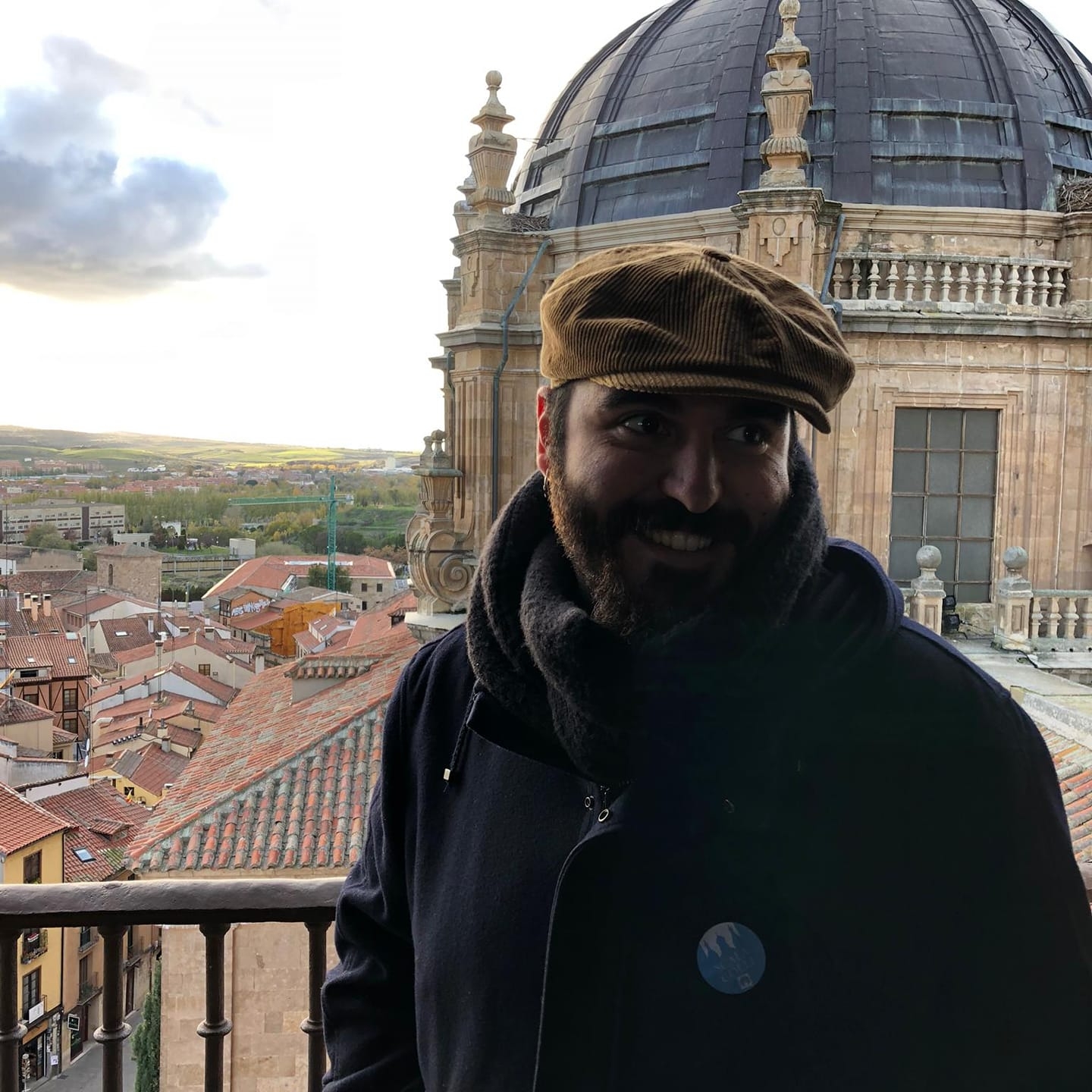
FUN Technician on Cultural Management. Phd in History and Postgraduate in Digitization of Cultural Heritage. Trained on Heritage Management, Museums and Archaeology he is responsible for the management of the FUN Archives and guide at Novoneyra’s House Museum.
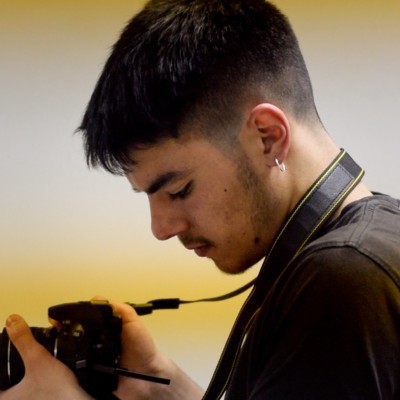
FUN Junior Technical Assistant on Communications. Degree in Audiovisual Communications. Graphic design, audiovisual contents and DigitalMarketing tools.
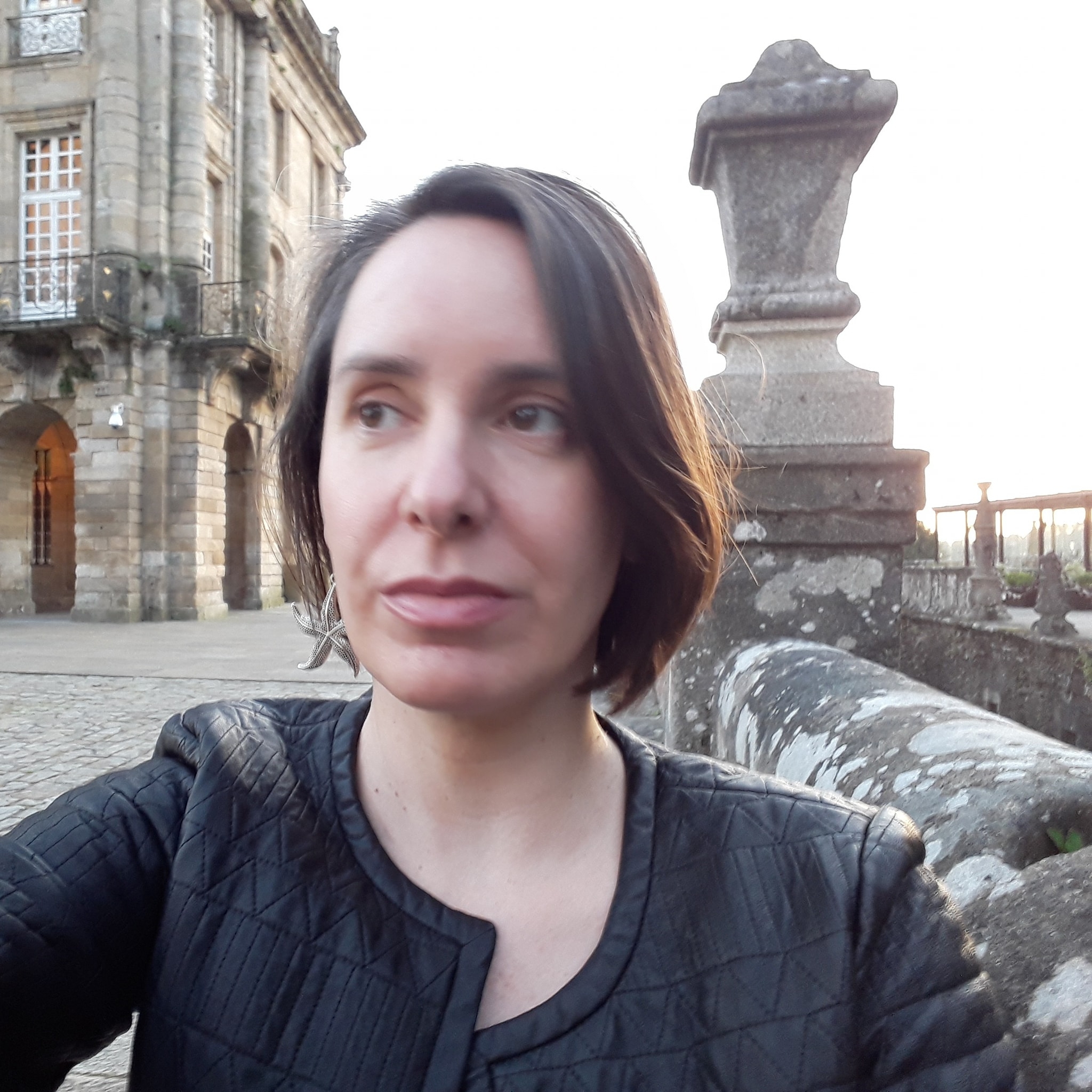
FUN Arts Director and Member of FUN Board. Technician on Cultural Management. Phd on Art Education and Political Sciences and Master in Digital Publishing. Between 2015 and 2019 she was the Deputy Mayor of the City Council of Santiago de Compostela and Cultural Policies Councillor and since 2019 opposition councillor.
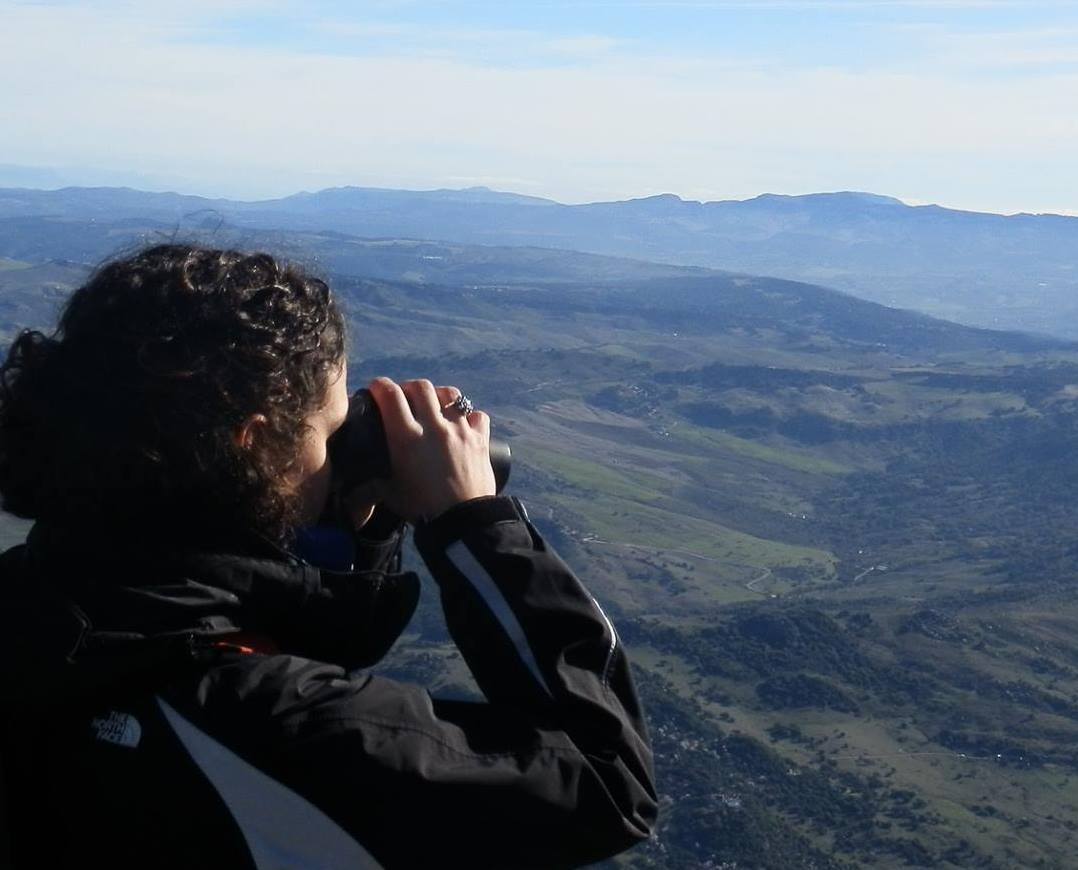
FUN Technician on Sustainability and Environmental Awareness. PhD in Biology and MSC on Biodiversity and Conservation Biology. Experienced in Environmental Education (formal and non-formal, she has volunteered with organizations including the Max Planck Institute of Ornithology and the Doñana Biological Station (CSIC).
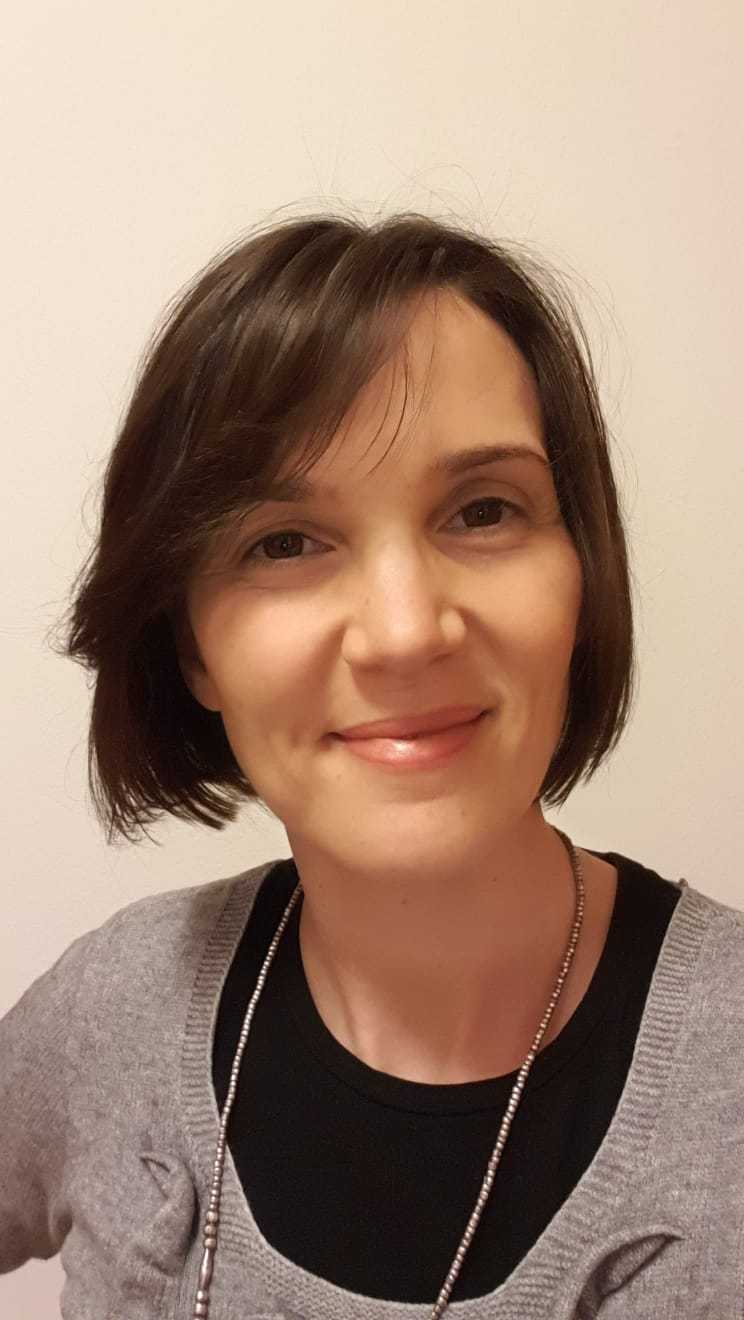
Silvia has a Master’s degree in History of Arts and Conservation of Artistic Heritage, obtained at the Ca’ Foscari University of Venice. From 2009 to 2012 she worked at the Diocesan Pilgrimages Office with the task of organizing pilgrimages to the Middle East, managing the collection of books “Bible and the Holy Land”, organizing the international cultural event “Lymph of the Olive” and to coordinate volunteers. Since 2012 she has worked at the Girolomoni Cultural Foundation in the Marche Region, with administrative tasks, organization of events and editing of the magazine Mediterraneo Dossier dedicated to biology, religion and current affairs. Since 2019, she has worked for the Homo Viator – San Teobaldo Foundation where she has the task of managing pilgrimages, the communication of the Foundation and supporting the Romea Strata project.
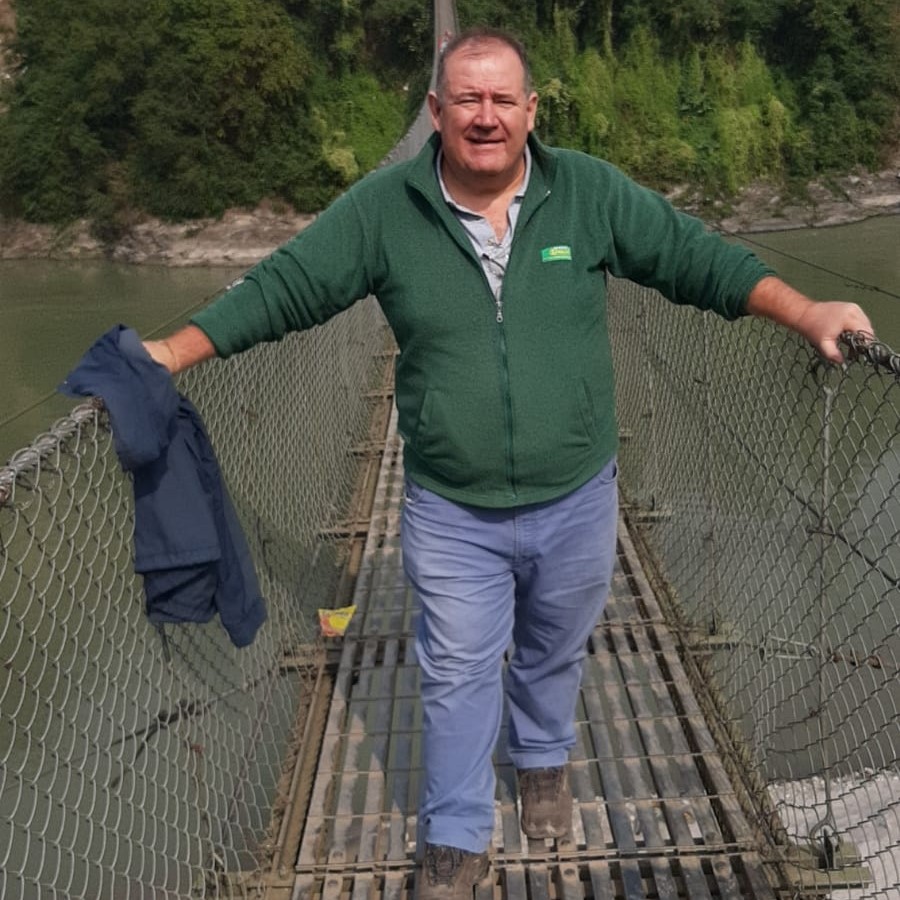
Raimondo Sinibaldi has been the Director and the legal representative of the Pilgrimage Office of the Diocese of Vicenza for ten years and the President and the legal representative of the Homo Viator Foundation, wanted by the Diocese of Vicenza. For thirty years he has accompanied groups of pilgrims in Biblical Lands and in significant places of pilgrimage, such as Rome, Santiago de Compostela, Częstochowa, Lourdes, etc. In particular, as far as the Holy Land (Israel-Palestine) is concerned, he has the official guide certification issued by the competent ecclesiastical authorities, having completed studies in the Theological Faculty of Vicenza and at the Jesuit Community in Jerusalem. He contributed to the ideation and promotion of the Romea Strata project.
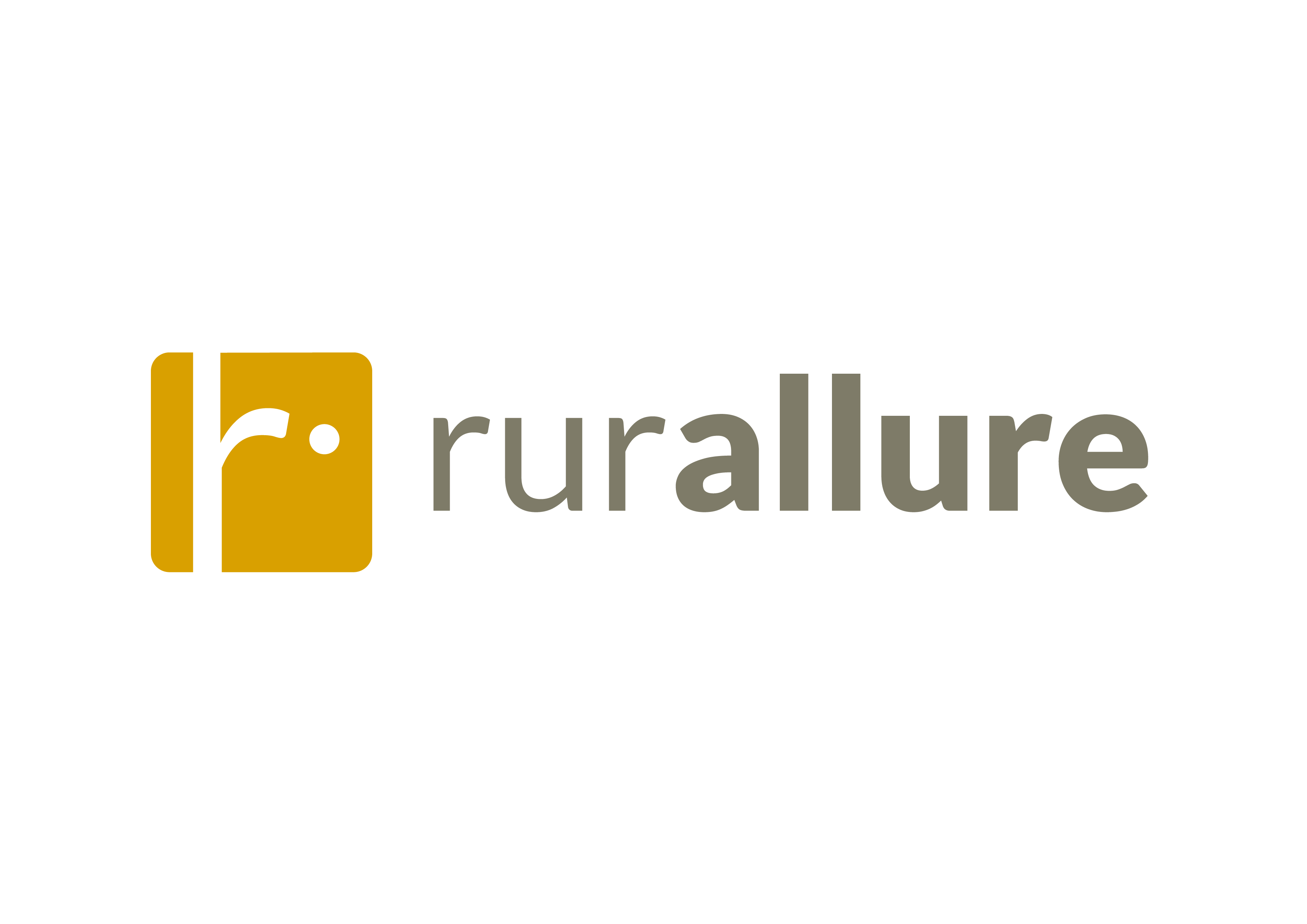
Romea Strata coordinator. has a Bachelor’s Degree in “Forest and Environmental Sciences and Technologies”. She worked at the “Regional Forest Service” in Veneto Region managing the administration of projects, as Director of extinguishing forest fire department and teaching courses in the
environmental sector. Since 2015 she works at the Pilgrimage office (now Homo Viator Foundation) managing the Romea Strata project. She traced the route, georeferenced it and collaborated in the realization of European projects for the Office.
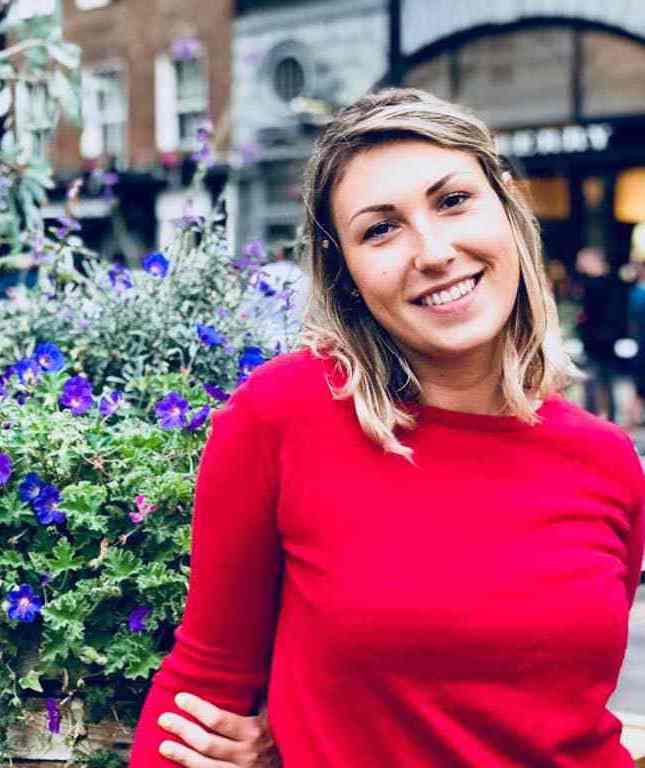
Aleksandra has a Master’s Degree in Sociology and social research. After graduation, she also attended two advanced training courses in “Innovation in social enterprises”(2015) and in “Project Management”(2019). In her last experience she worked for 4 years in a social cooperative as Accessible travel and tourism manager where her main tasks were: implementation of new accessible tourism services; organisation of holidays option for users with disabilities; management of fundraising activity; participation in EU-funded projects; care and management of the PR and communication activities; start up and management of a new accomodation facility. Since October 2019 she has worked for Homo Viator San Teobaldo Foundation as a referent for EU projects related to Romea Strata and its implementation.
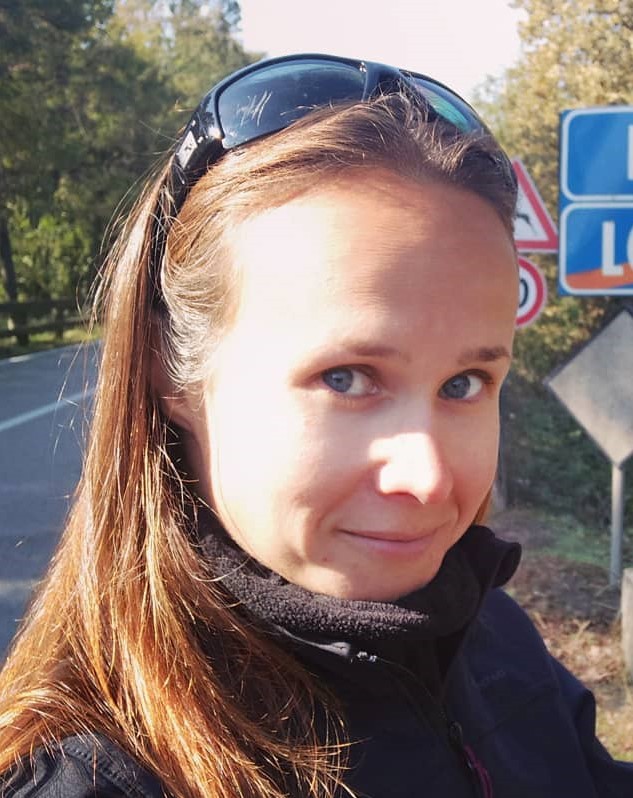
rurAllure project officer for EAVF. Myra has a background in Italian Language and Culture, and has previously worked in the field of International Higher Education. She will be managing the rurAllure communication channels and contribute to the Thermal Heritage pilot. Myra has a great love for bike touring and the environment, and is the founder and president of environmental initiative Cycle 2 Recycle.
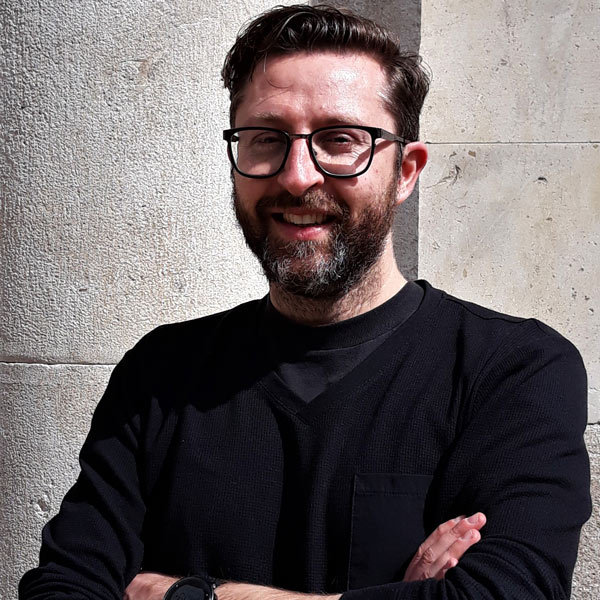
EAVF director. Leading the EAVF since 2013, Luca has extended work experience in international organisations and public bodies. With a background in art history and tourism, he is a freelance journalist, consultant, and a hiking enthusiast. Among his publications there are numerous articles in Italian internet media and a book “Via Francigena – una Strada Europea”.
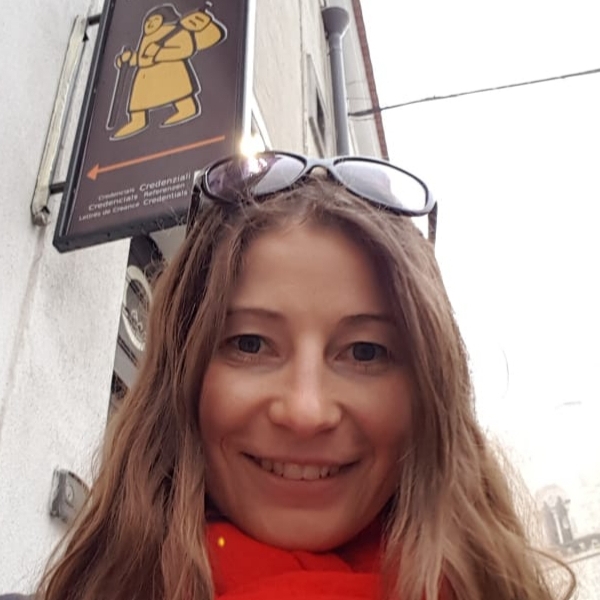
European projects and International relations advisor. With her extended work experience in international organisations and academic background in cultural management, Elena oversees international relations and manages European projects of the EAVF. A travel enthusiast, she spends her free time backpacking all over the world.
Maria Laura Gasparini is a tourism professional with over 10 years of work experience in the travel and hospitality sector. She has a degree in Tourism Economics and Management from the University of Bologna and has specialised in the role of sustainability indicators as policy making tools. Her main research interests are sustainability monitoring, community-based tourism and regenerative tourism. She is currently Research Fellow at the Center for Advanced Studies in Tourism, Bologna University, where she is contributing to the management of several EU funded projects, such as rurAllure and Fab Routes, focused on cultural routes and rural development.
Patrizia Battilani is a UNIBO Economic Historian. Her research focuses on cultural heritage valorisation, public history and economic history. She has been visiting scholar at the University of Sidney (2013) and Glasgow (2018 and 2019). She served as director of the Bachelor degree in Tourism Economics (2012-2016). She has experience on participating and managing national and international projects as Head of CAST, the UNIBO Center for tourism study. She is responsible for the UNIBO Unit of the Interreg Italy-Croatia project Recolor (Reviving and EnhanCing artwOrks and Landscapes Of the adRiatic). Between 2018 and 2019 she coordinated a transnational research on dissonant heritage focusing on the European cultural route ATRIUM. Her last publications include How to cope with dissonant heritage: a way towards sustainable tourism development in Journal of Sustainable tourism (2018) with A. Mariotti and C. Bernini.
https://www.unibo.it/sitoweb/patrizia.battilani/en
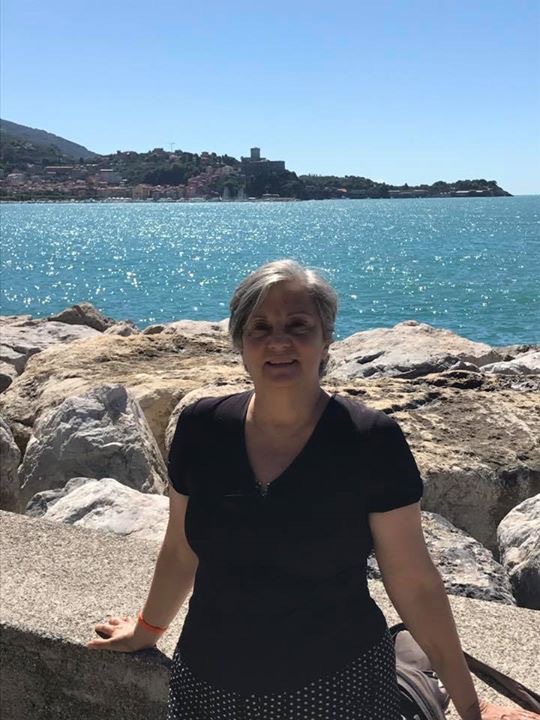
Fiorella Dallari has been a Professor of Alma Mater (PAM) since 1 November 2018, former associate professor of Political and Economic Geography since 2004 at the Rimini Campus of the Alma Mater Studiorum – University of Bologna in the Department for Life Quality Studies. In 1972 she began his research activity in the Faculty of Economics and from 1980 on didactic activity in the geographic field (disciplinary sector M-GGR / 02), with a 1st level national qualification (2012). In the field of research, she deals with tourism geography, economic-political geography and regional geography. Currently his research topics are: Local and sustainable development; Heritage and sustainable tourism; Pilgrimages, cultural itineraries and tourist routes; cooperation and sustainable tourism; Heritage, social participation and citizenship; UNESCO Heritage and Religious Heritage.
Fiorella is also founding-editor of “AlmaTourism, Journal of Tourism, Culture and Territorial Development”, a scientific journal of the University of Bologna. Engaged in national and international research projects, she collaborates with UNESCO (UNITWIN Network “Culture, Tourism, Development”; UNESCO Italian Chairs “Territory, Sustainability, Tourism” – TEST, of which she is responsible for tourism; Mediterranean Unesco Chairs – MUNCH), ICOMOS (International Scientific Committee on Places of Religion and Ritual – PRERICO member and coordinator of the Prerico National Committee). For nearly twenty years she has collaborated and collaborates with some itineraries recognized by the Council of Europe (in particular, she is president of European Association of the Vie Francigene, the Via Romea Germanica and the Romea Strata Scientific Committees).
Author of over 150 publications, she received the Vallega prize for research on cultural-historical itineraries (2008).
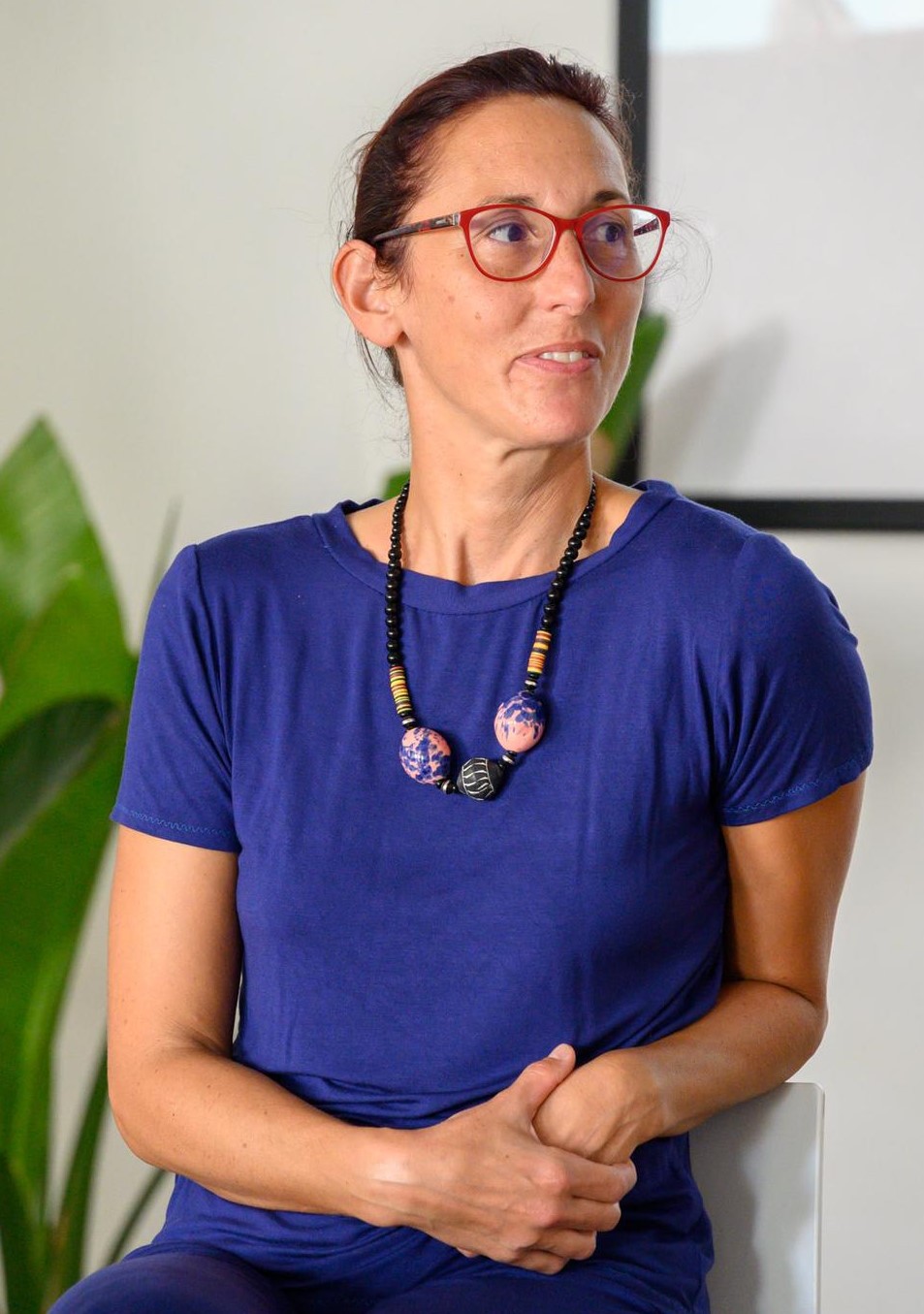

Lorem ipsum dolor sit amet, consectetur adipiscing elit. Vivamus vulputate velit sed vestibulum vestibulum. Pellentesque varius accumsan mi, sit amet euismod dolor egestas nec. Aenean scelerisque magna et tortor porta mattis. In molestie id neque id posuere. Sed quis lacinia nunc. In metus felis, maximus vitae urna ut, scelerisque mattis eros. Vestibulum quis turpis at enim volutpat commodo. Donec aliquet tellus eget ligula viverra aliquam luctus non mi. Nunc a quam ac nisi tristique imperdiet. Nullam in auctor elit, eu congue mi. Sed quis nisi pharetra, convallis turpis vitae, fringilla neque. Etiam non lectus lorem.
Aenean et vulputate quam, et sodales tortor. Suspendisse fringilla euismod ultricies. Quisque pulvinar leo mauris, eget dignissim turpis bibendum ac. Integer semper consequat magna. Donec ornare risus at justo eleifend pellentesque sed sit amet turpis. Aliquam id nibh id nibh dictum rutrum non et enim. Cras at varius massa. Duis tempus sed lectus et lacinia. Morbi imperdiet lorem vel mollis lacinia. Cras vel tincidunt ex, eget congue enim. Sed et gravida orci. Maecenas lobortis vulputate mattis.